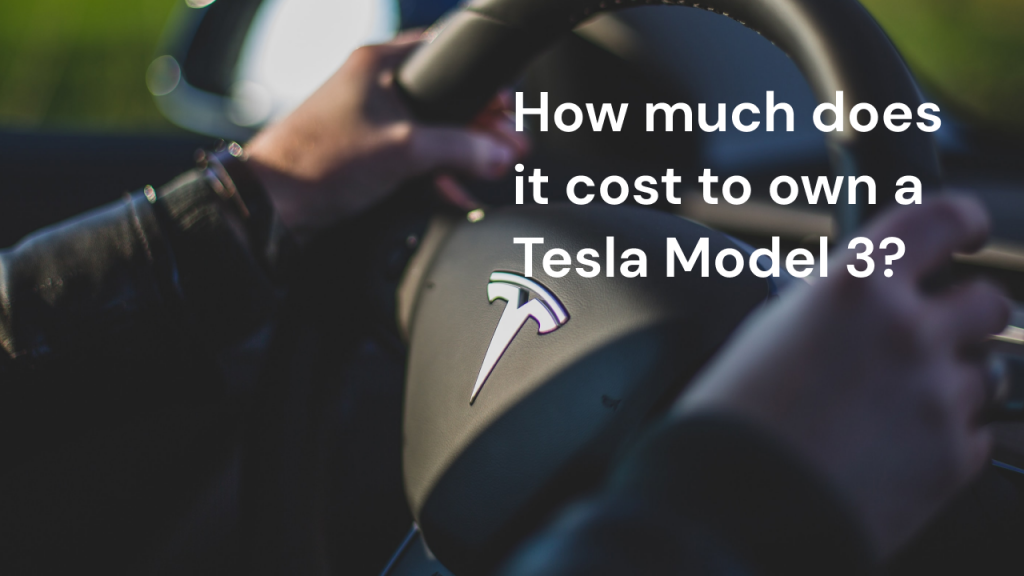One of the most important considerations for solar engineers is safety. Solar systems that are grid-tied have special safety considerations because they are directly connected to power lines. Grid-tied solar arrays can provide power to a home, into the grid or both. Therefore, solar systems are a source of voltages to power lines. This makes them dangerous when lines are down or workers are repairing them. Anti-islanding is a mechanism to ensure the safety of lineworkers in these conditions.
Grid Islanding
When the grid is “down,” meaning the utility is no longer providing voltage to power lines, solar systems can continue to contribute voltage to the grid. This is called “islanding” because the solar system is like an island of voltage in the blacked-out grid. Islanding is very dangerous because power lines may be severed and utility workers may be actively repairing them. The unpredictable voltage from solar arrays would make this work risky if islanding is allowed to persist. That’s why solar systems have anti-islanding mechanisms.
Grid islanding can also result from other distributed power sources, including distributed wind and nuclear.
Solar Anti-Islanding
Anti-islanding is a mechanism built into solar systems that disconnects them from the grid during a power outage. Anti-islanding is a safety precaution that is also the reason why solar system owners cannot retain power during blackouts without battery storage like Tesla Powerwall. Tesla Powerwall includes blackout detection software that isolates your home from the grid during a blackout, creating a self-contained nanogrid consisting of the solar panels, inverter, and battery.




